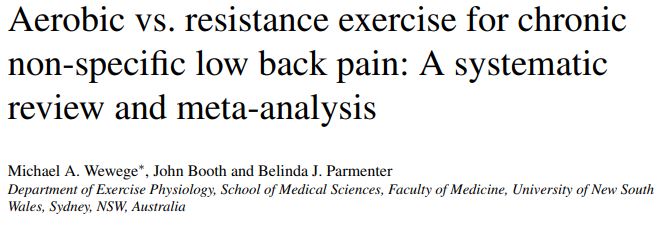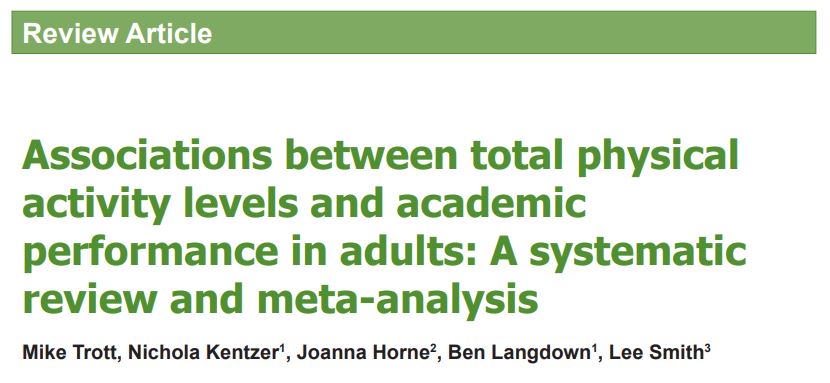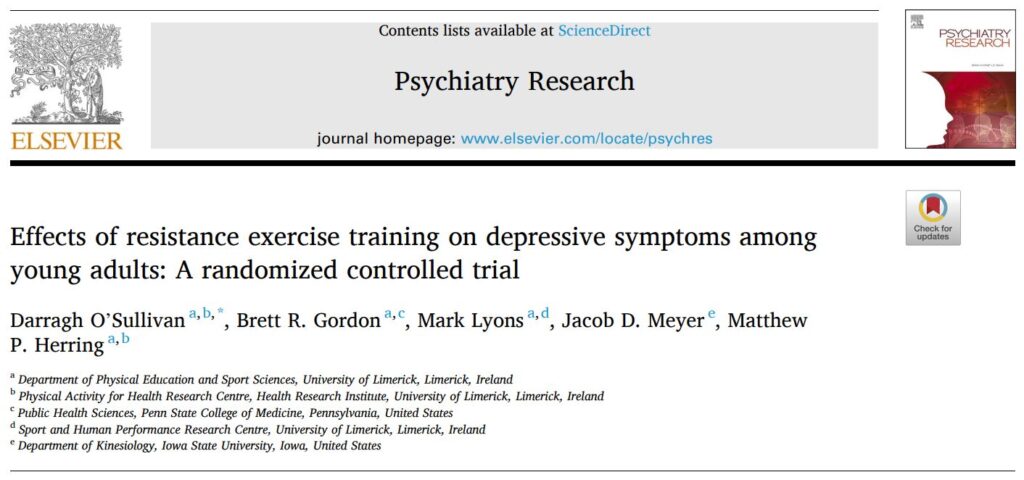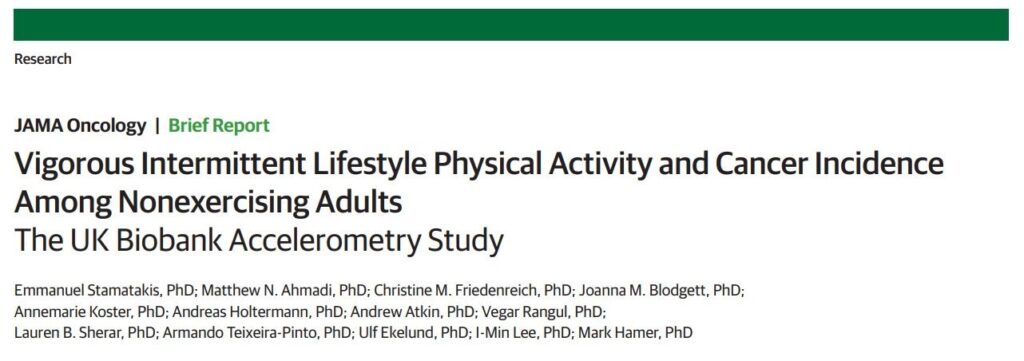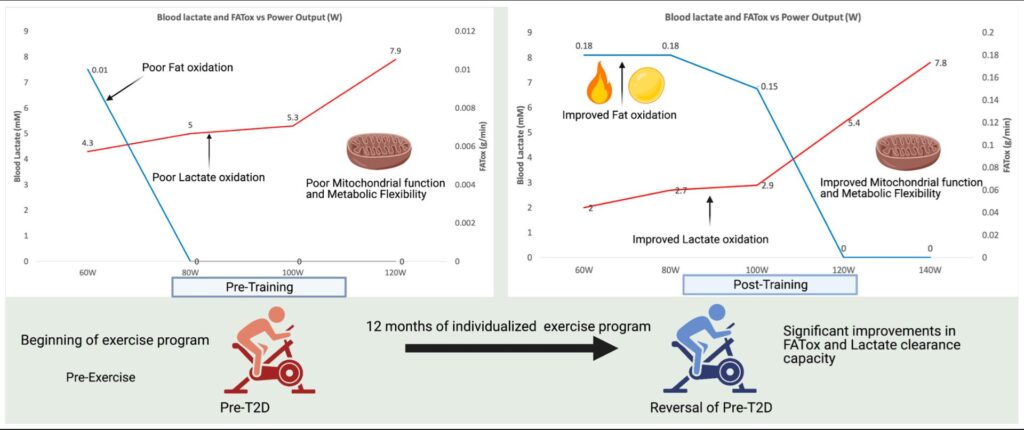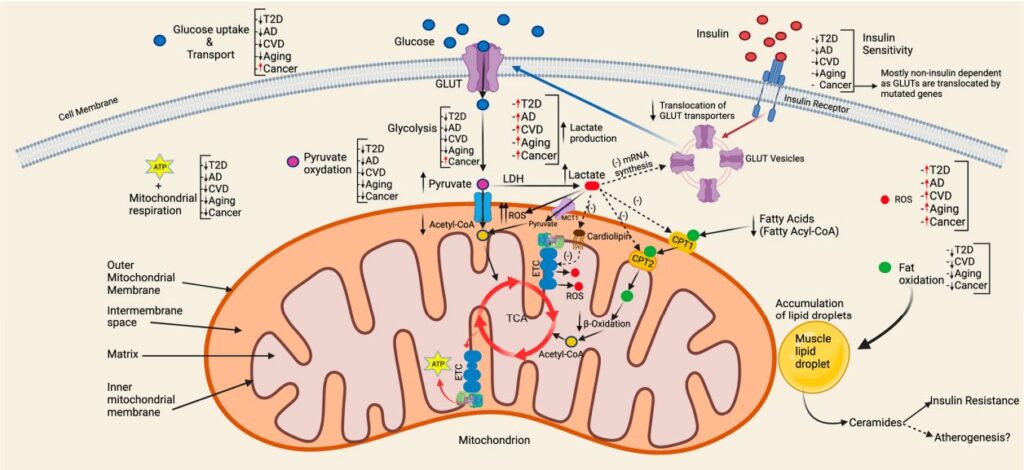Both aerobic and resistance training improve chronic low back pain
Low back pain is the leading cause of disability worldwide. Exercise helps alleviate back pain, which modality, Progressive aerobic or progressive resistance training is superior? Wewege et al.1 conducted a meta-analysis to compare the differences between progressive aerobic training (PAT) and progressive resistance training (PRT) on the treatment of chronic non-specific low back pain (CNSLBP). […]
Both aerobic and resistance training improve chronic low back pain Read More »

